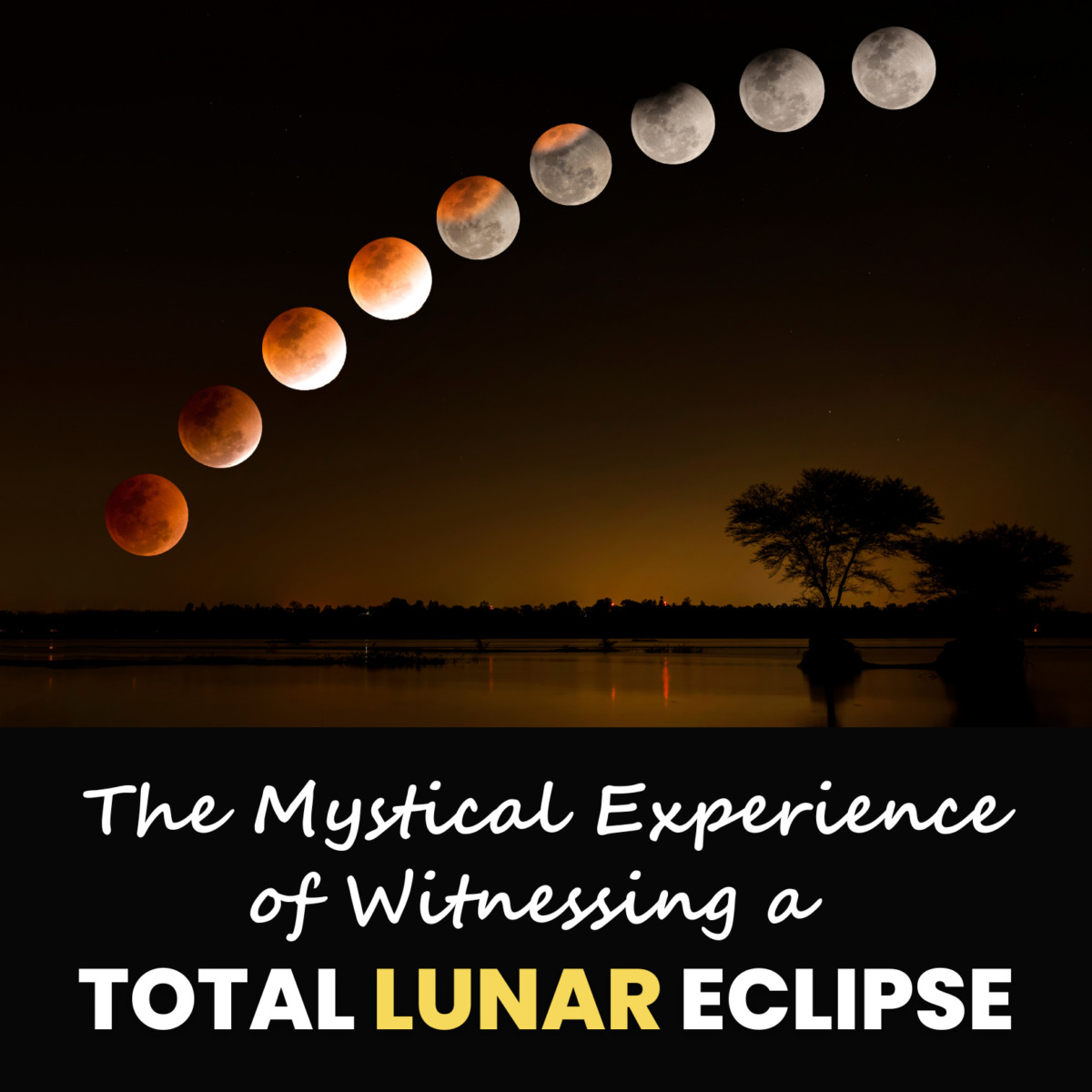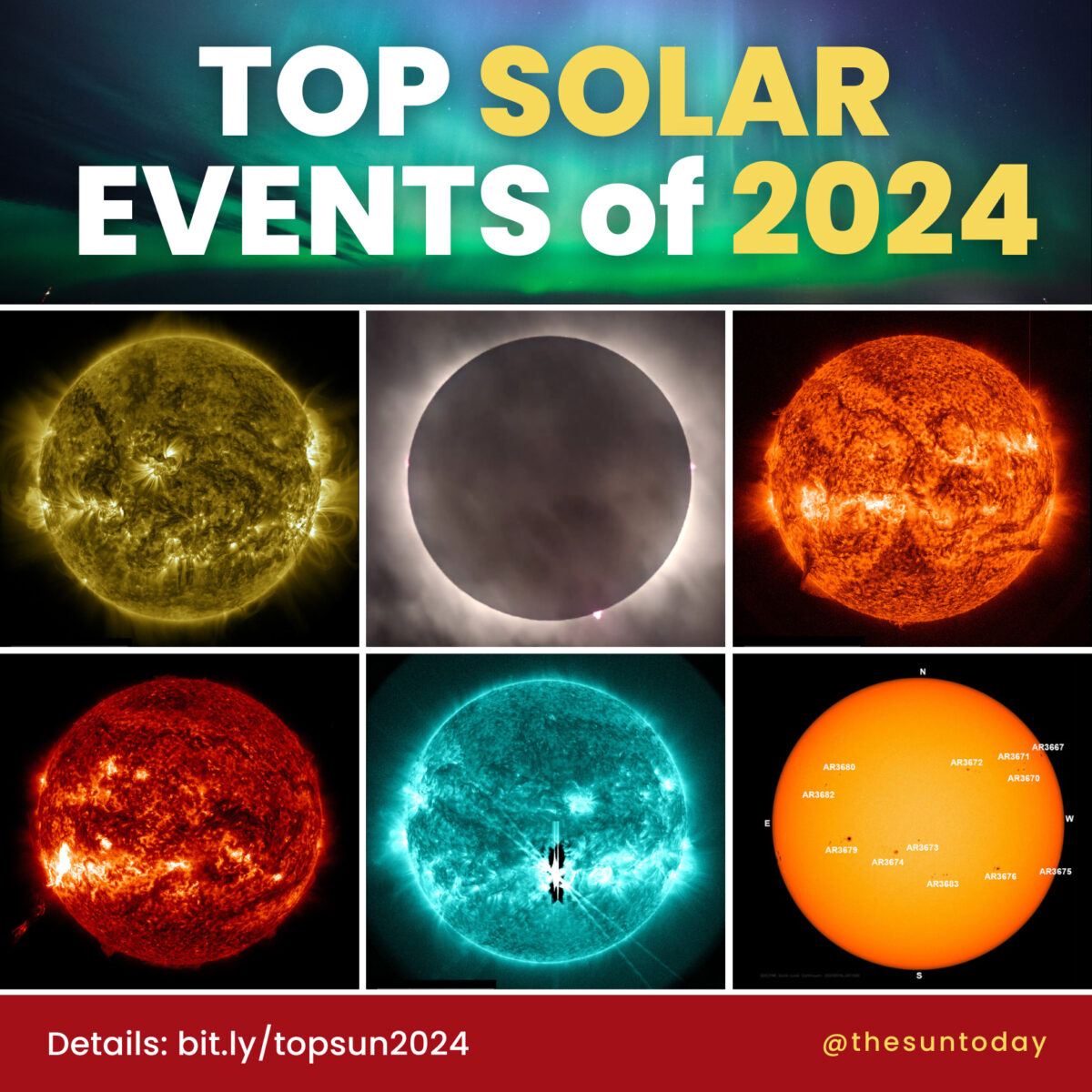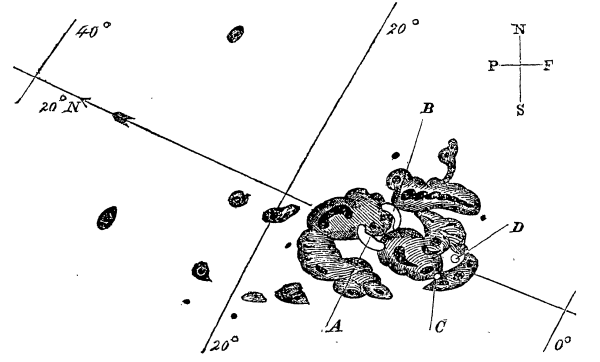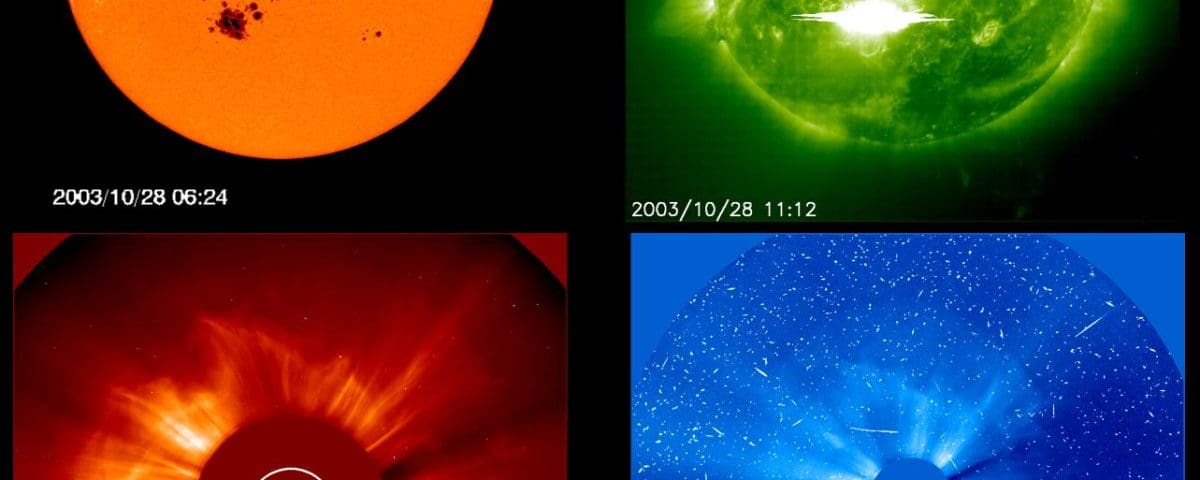
On this day in 2003 (October 28), the Sun unleashed one of the largest and most geoeffective solar storms of the modern age (and consequently, one of the most studied).
The eruption was part of what became known as the Halloween storms; two weeks in October and November of that year when two massive sunspot groups produced unprecedented solar activity.
The SOHO satellite watched the events unfold. On October 26th, Active Region 10486 had grown to over 10 times the diameter of the Earth and could be seen with the naked eye from Earth. Two days later the region was directly inline with our planet when it released a flare with the energy of fifty billion atomic bombs. The accompanying coronal mass ejection (CME) raced past SOHO at a phenomenal 2300 kilometers per second! Most CMEs take 2 to 3 days to cross the 150 million kilometers between the Sun and the Earth.
This one made it in less than 18 hours!
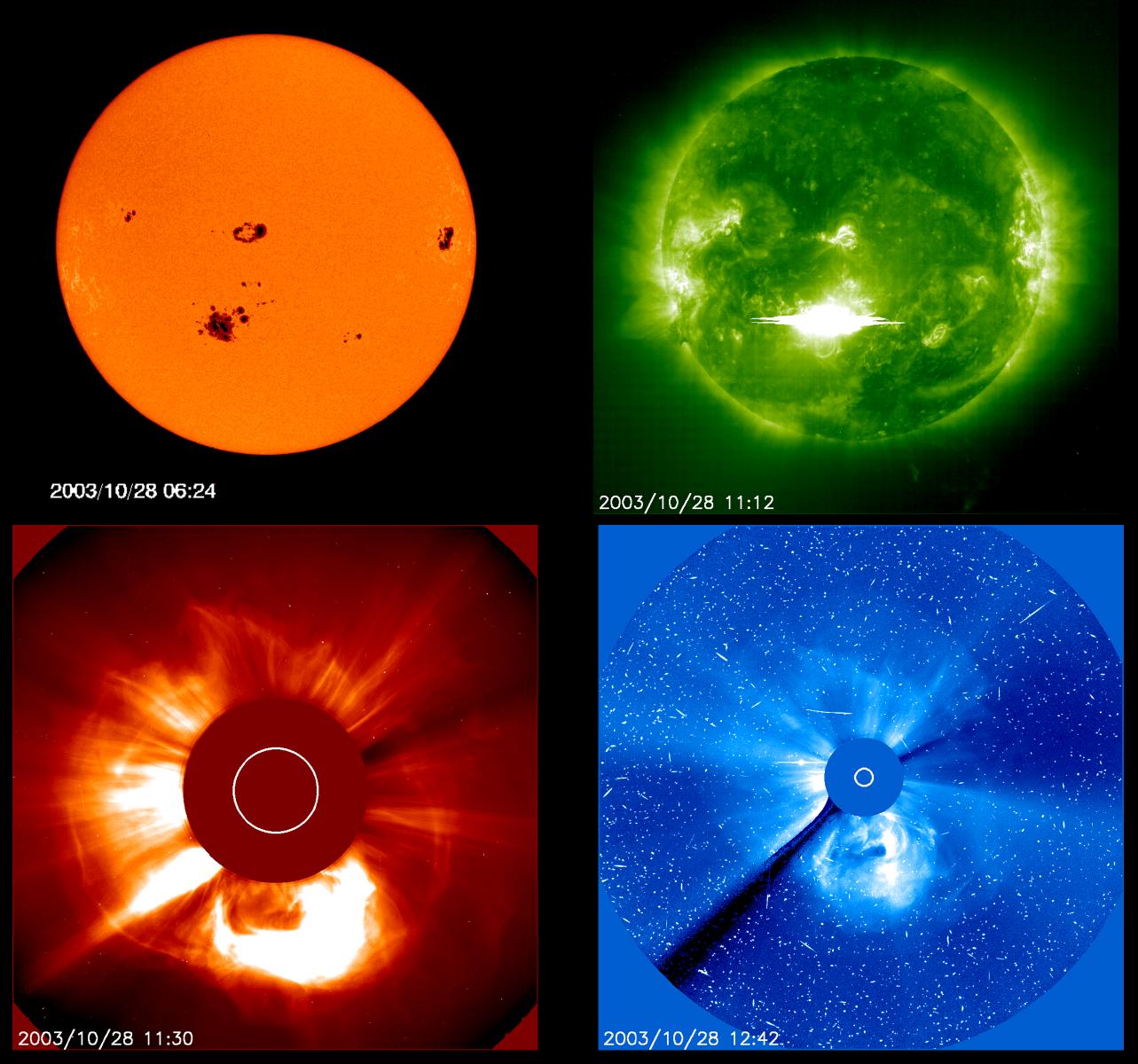
From the top left the orange image (by MDI) is a visible light image of the solar disk showing the sunspot group that produced the solar eruption. The green image is an extreme ultraviolet view (by EIT) of the sun including a bright flash from the X17 solar flare. The red image shows a view of the coronal mass ejection (CME) with the LASCO/C2 coronagraph (artificial eclipse) and the blue image shows a farther out view of the CME with the LASCO/C3 coronagraph.
The impending cloud of charged particles would have been too much for even the SOHO spacecraft, a satellite which was designed to study the Sun.
The operators put many of the instruments (including the one I was using for my PhD research!) into safe-mode rather that risk them getting damaged. Systems on Earth were not so fortunate. Many satellites in earth orbit began behaving erratically. Airlines redirected polar flights to below the Arctic circle, resulting in major delays across the US. Additionally, planes were instructed to fly at much lower altitudes (25,000 ft instead of 35,000 ft) where the thicker atmosphere protected the passengers and crew from harmful radiation, but also resulted in millions of dollars of additional fuel being used.
In other parts of the world, the situation wasn’t much better.
Power grids in Sweden were overloaded resulting in prolonged blackouts. Power consumption at two nuclear stations in New Jersey had to be reduced to prevent similar disruption. In Japan another spacecraft was lost (Data Relay Test Satellite (DRTS), also known as Kodama). On the International Space Station astronauts had to take shelter in shielded parts of the station. The effects were felt even further out in the solar system. The radiation monitors onboard the Mars Odyssey were burnt out, overloaded by the very emission they were build to study. Spectacular aurora were witnessed on Jupiter. The Cassini spacecraft, on its way to Saturn, detected interruptions in radio communications. 6 months later, the CME shockwave was still going, as it brushed past the Voyager 2 spacecraft, then 7 billion miles from Earth.
While these intense eruptions are few and far between, when they do happen they can have significant consequences. They also offer a unique opportunity for scientists to study the extremities of the Sun’s moods.
-Ryan


